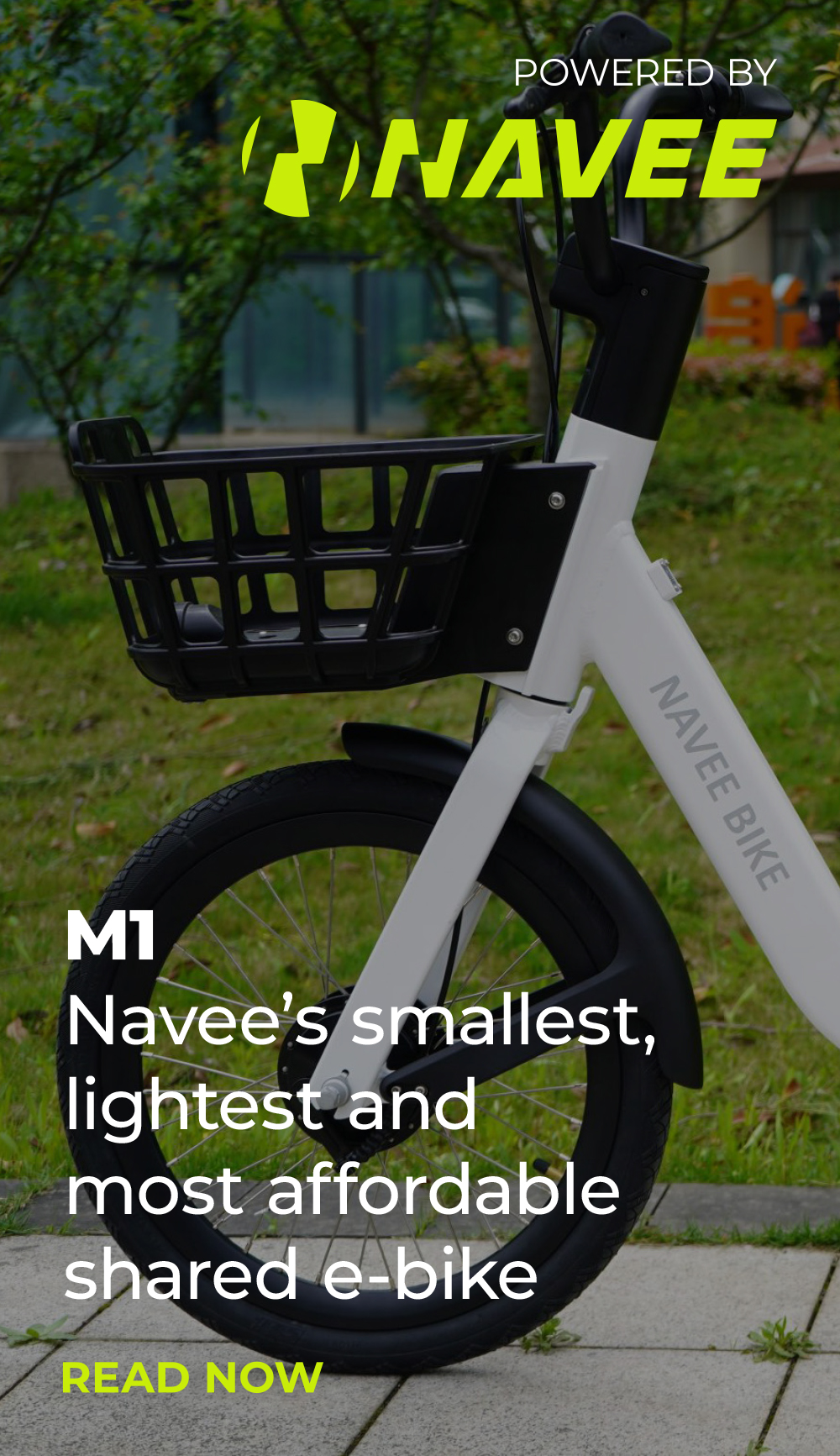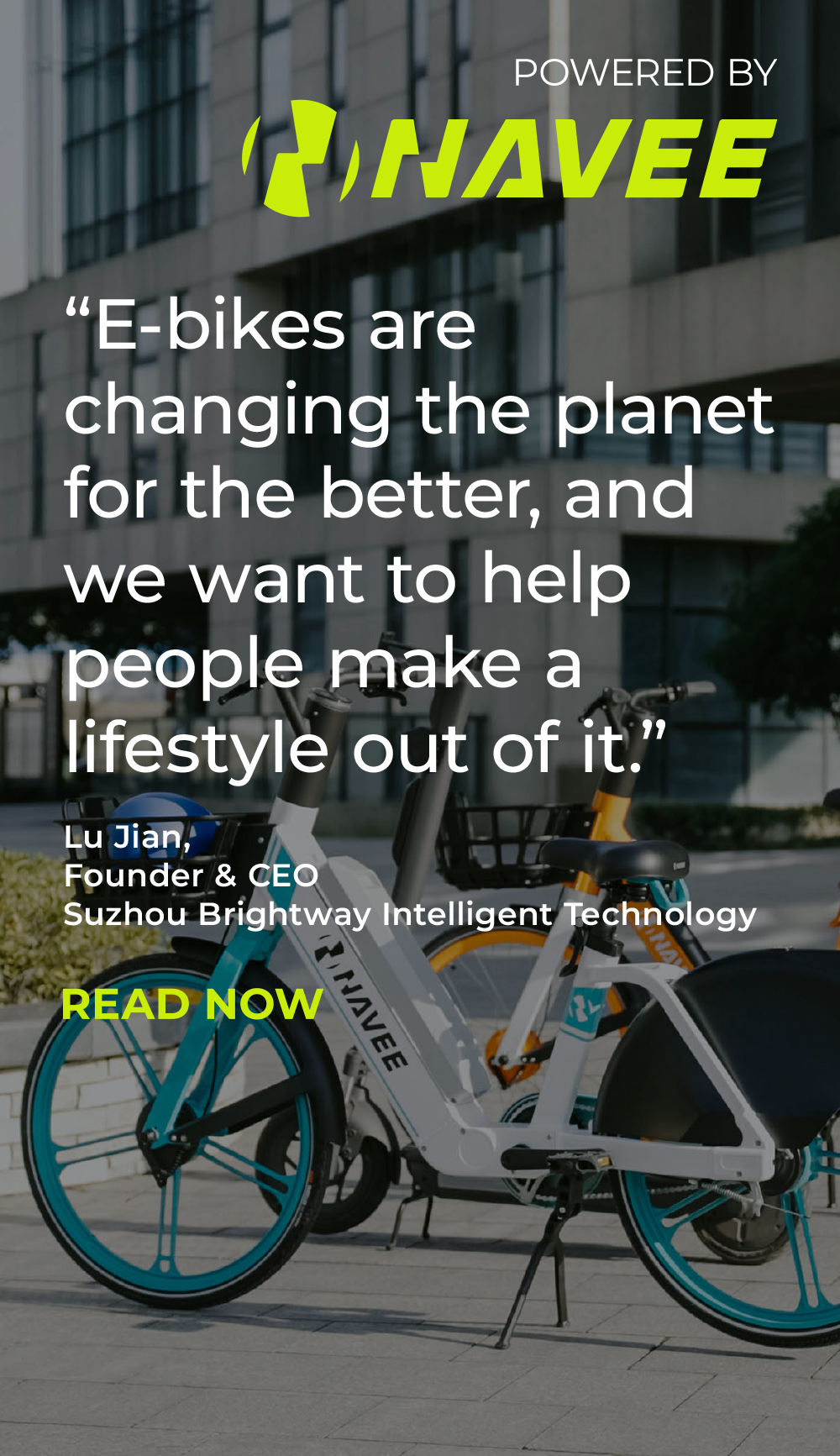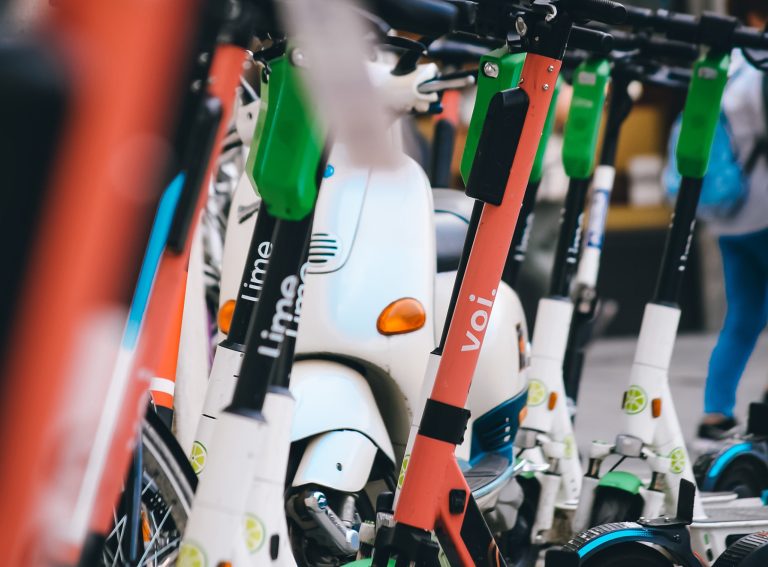One of Australia’s largest ever studies of its kind has revealed that 3.6 million e-scooter riders contributed $728 million to the national economy in 2022.
Funded by governments and stakeholders from the bicycle and e-scooter industry, the ‘2023 WeRide Australian Cycling and eScooter Economy Report’ shares the positive economic, social and environmental benefits of cycling and e-scooters in Australia.
Shared operator Beam contributed data from all its Australian operations.
“The data showed that e-scooter popularity could surpass that of bicycles in the coming years, especially as governments continue to legislate for their use across the country,” Beam’s General Manager for Australia and New Zealand Tom Cooper told Zag Daily.
“We’ve also received feedback from our riders that e-scooters are less intimidating for a casual commuter.”
While e-scooters were first legalised in Queensland in 2018, there is still no legislation for their widespread use across the country.
It is perhaps no surprise then that the highest contribution to the economy from e-scooters came from Queensland which contributed an estimated $91 million in direct output and $133 million in indirect output.
Despite only being legal in half the country, they are a heavy weight in Australia’s micromobility industry. In 2022, 3.6 million e-scooter riders compared with 6.5 million adults that used a bike which is legal across the whole country, indicating that there is a strong uptake for e-scooters where they are permitted.
“We know that e-scooters are here to stay in Australia, and governments are moving towards regulating them for widespread use,” said Cooper.
Tom said that the data shows there is the potential for e-scooter economic contribution to match or even exceed that of bicycles in the coming years as they become legalised.
Comparing the use of e-scooters to e-bikes in Australia also reveals a similar trend.
“E-scooters have proven to be more popular than e-bikes in a huge part due to their ease of use, making them ideal for a range of trips including work commutes and connections to public transport.”
According to Beam, e-scooter usage outnumbers e-bikes 5 to 1 in cities where it operates both vehicles.
Nevertheless, the value of e-bikes should not be underestimated.
“E-bikes still have an important part to play in how we move around. Riders prefer e-bikes for longer commutes, and the average trip distance on an e-bike is longer than that on an e-scooter,” Cooper added.
In 2023, Beam introduced seated e-scooters to cities including Brisbane, Canberra, Rockingham and Esperance. Early data has shown that they are twice as popular as standing e-scooters and encourage 30% longer journeys.






